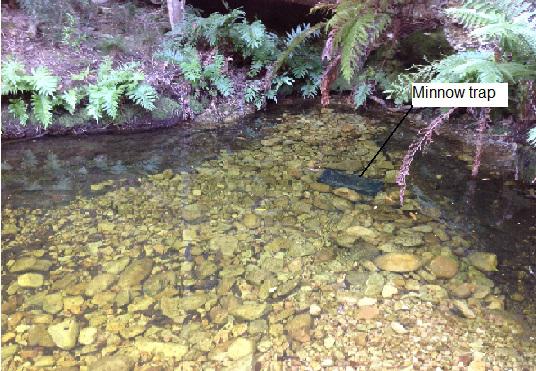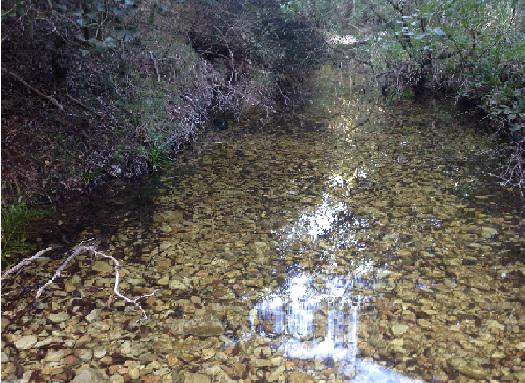Wilbert Kadye
Other projects
14 Jan 2010
Distribution Patterns of Non-Native Sharptooth Catfish and Threatened Indigenous Fishes – Implications for Species Conservation in the Great Fish and Sundays Rivers
The aim of this project is to examine the impact of non-native fishes within invaded rivers from a food web perspective in the Eastern Cape, South Africa. Information on food web dynamics is important in both the understanding of predator-prey relationships and developing conservation strategies.

Invasion by non-native species is now recognised as one of the major drivers of biodiversity loss globally. Within the Great Fish and the Sunday’s rivers, Eastern Cape, many non-native fish species have become established, and there is concern over the conservation of native and endemic biota. Presently, the region has now been invaded by the African sharptooth catfish Clarias gariepinus, the smallmouth yellowfish Labeobarbus aeneus, the Orange River mudfish Labeo capensis, and the common carp Cyprinus carpio. Previous studies on ecosystem impacts have focused on the sharptooth catfish that is considered to be the most problematic invader. There is however increasing evidence that the occurrence of multiple invaders has far more complex impacts than that envisaged from single invaders. Impacts can be facilitated by certain invaders or may be a consequence of a mutualistic process among the invaders that result in accrued detrimental effects. Assessing food web dynamics therefore provides an opportunity to determine the role of different invaders within ecosystems.

The proposed research intends to use an integrated approach to study the impact of the invasive non-native fishes. This approach will involve the use of stable isotopes and stomach content analysis to elucidate the feeding habits of fish, and an experimental approach to determine species interactions. This integrative approach is aimed at identifying the role of non-native invaders, areas that can potentially recover following eradication of the invaders, where possible, and identifying areas of high invasion risk. In addition to examining food webs of invaded ecosystems, this study intends to foster information dissemination by continuing to engage various landholders and conservation agencies through the initiatives of the first RSG-funded project. The previous project showed that some species of conservation concern, especially native minnows, occur outside protected areas within private land holdings. By engaging and working with private land holders, this project aims to increase community participation to enhance the conservation of native ichthyofauna.